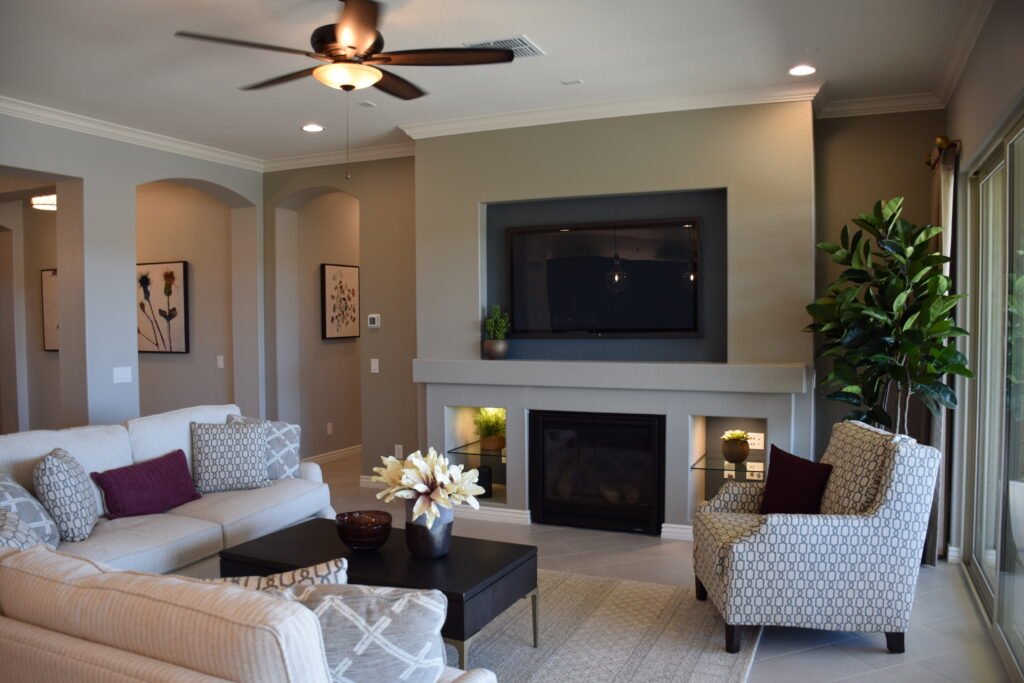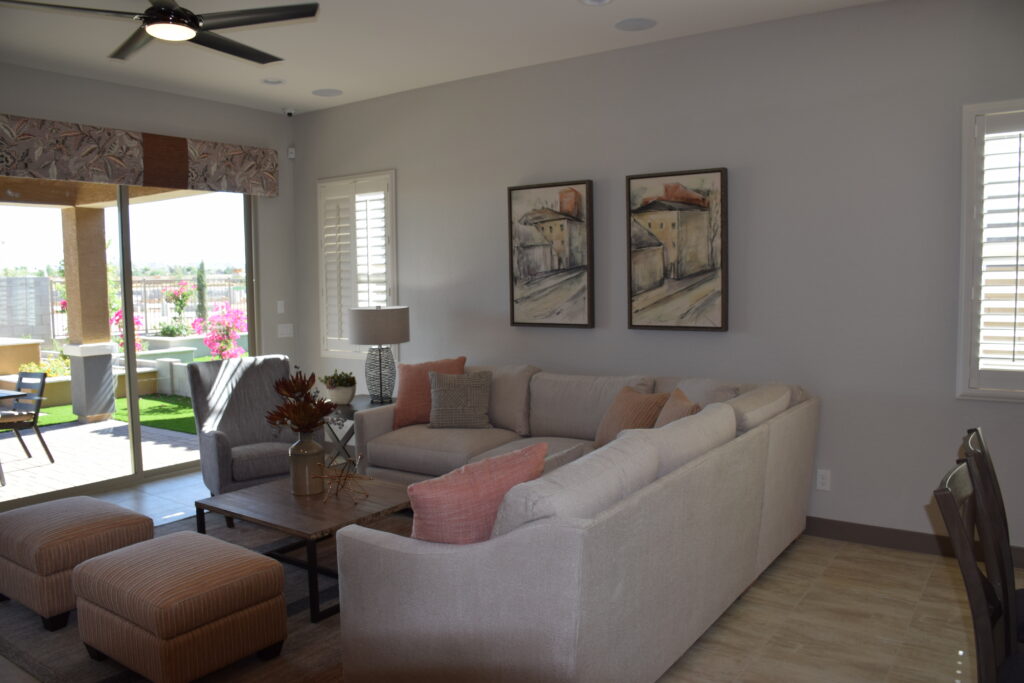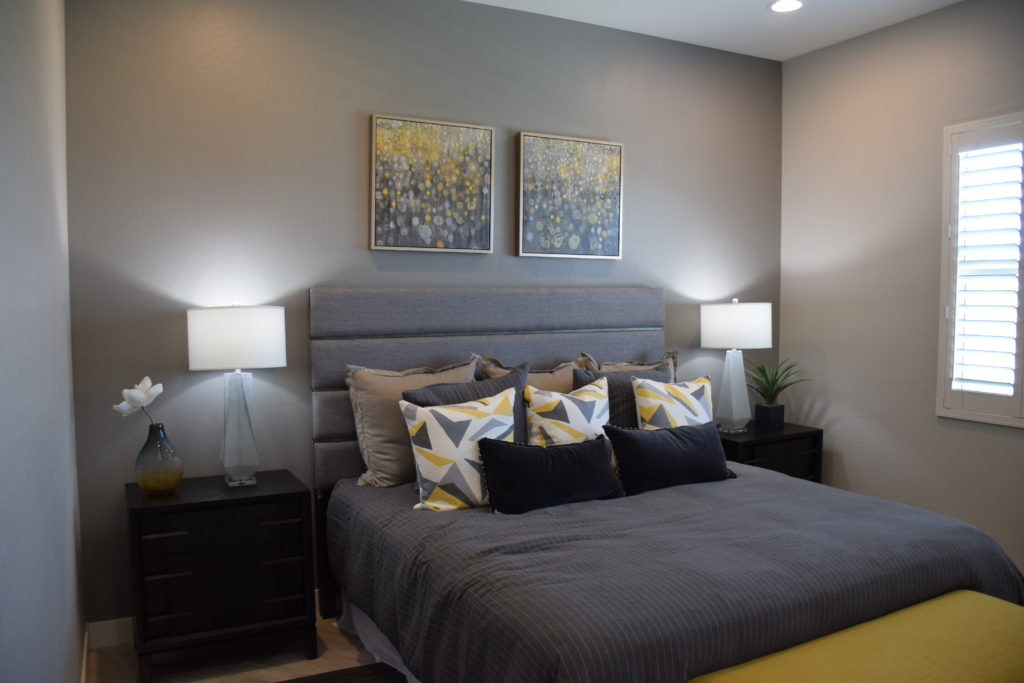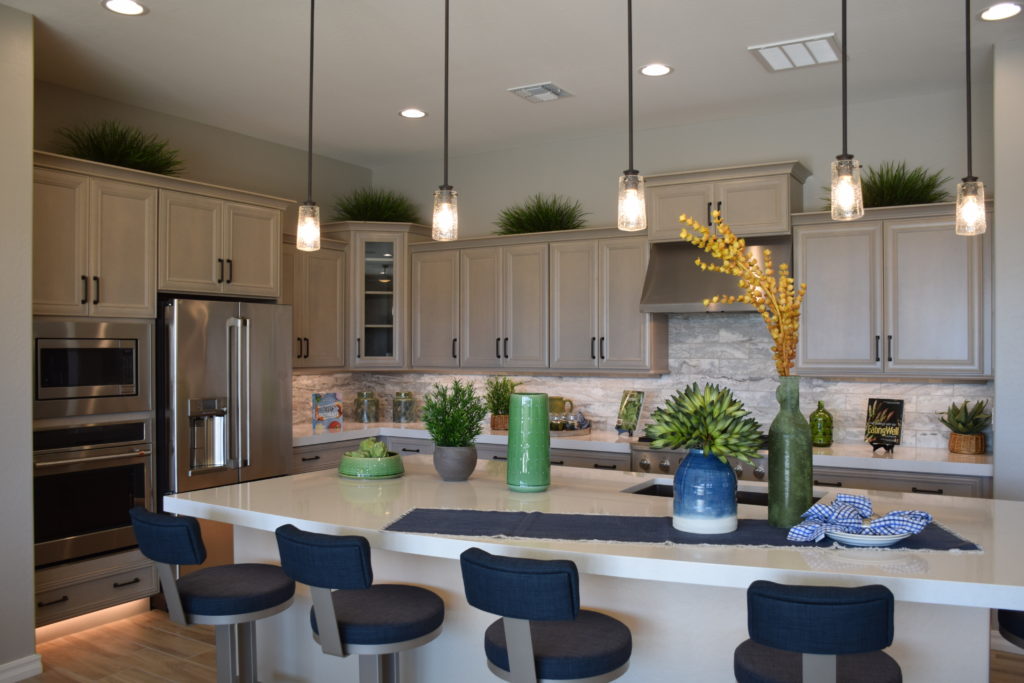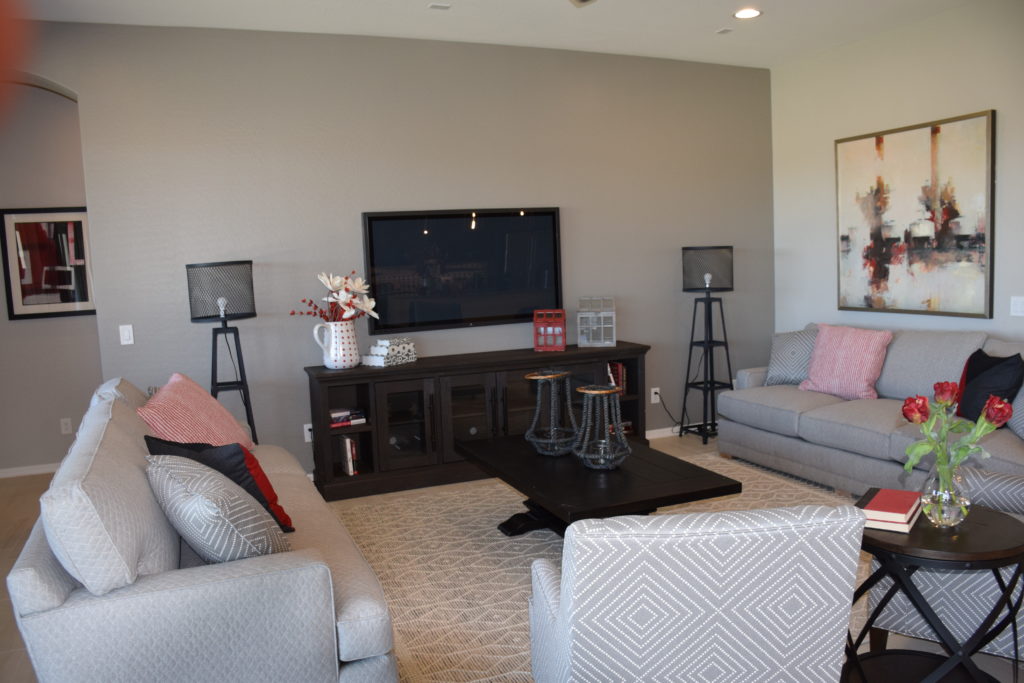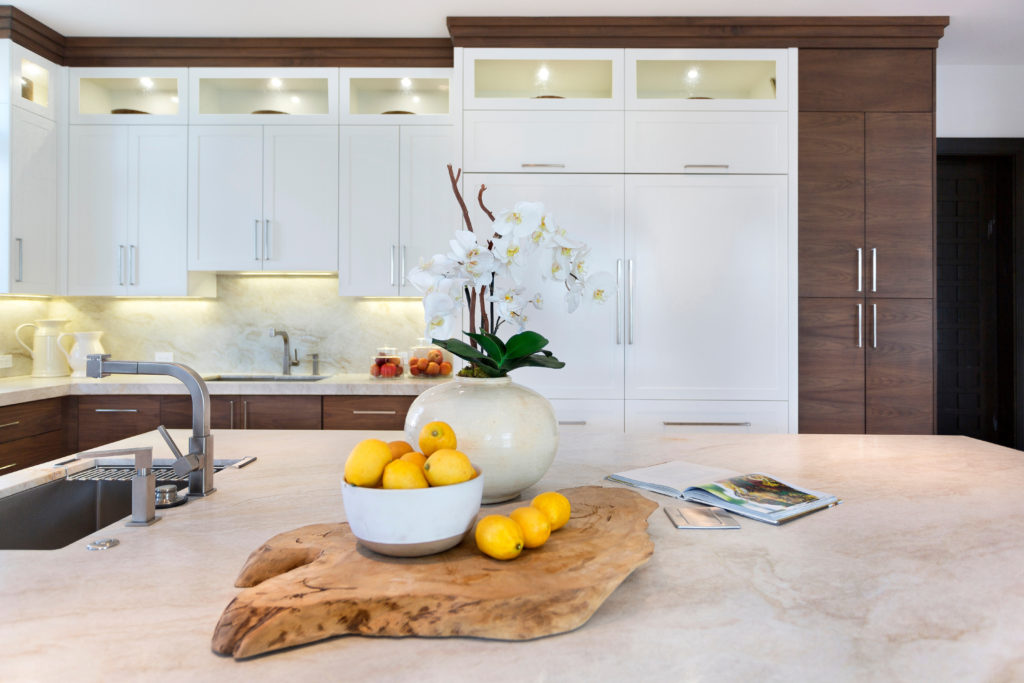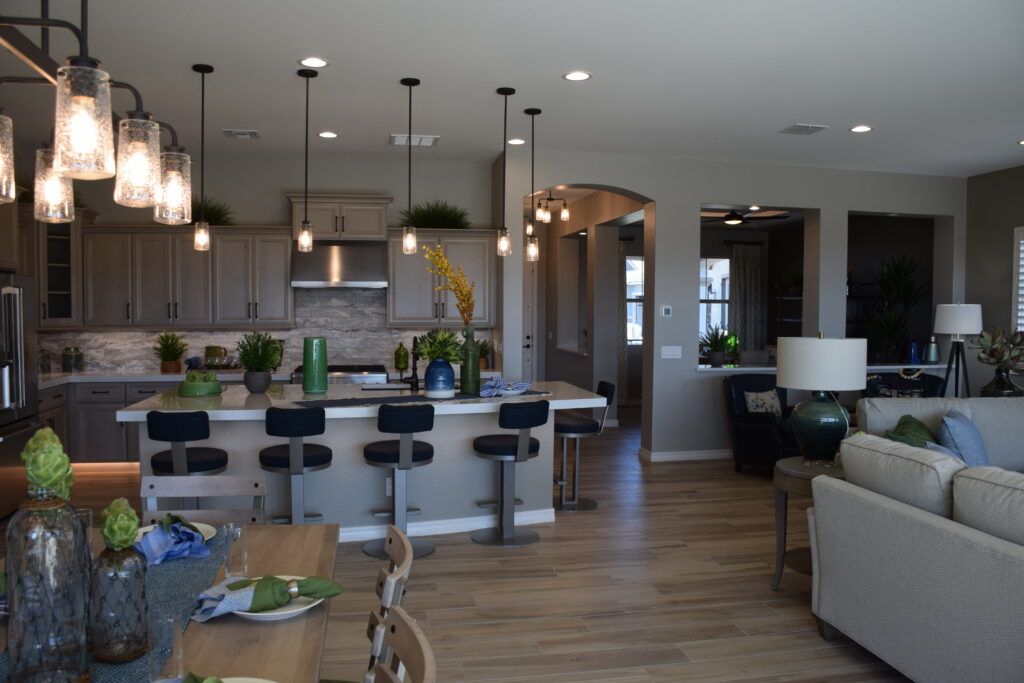
Decorating a room with neutral-colored walls offers a lot of flexibility because neutral tones can act as a perfect backdrop for many different styles, color palettes, and décor pieces. Here are some tips to help you decorate your neutral space:
- Incorporate Textures and Patterns: Use a variety of textures to add interest to the room and prevent it from feeling flat. This could include items like a knitted throw, a velvet couch, or a shag rug. Additionally, patterns can bring depth and complexity to a neutral space. Consider patterned pillows, an intricate rug, or a statement piece of wall art.
- Use Pops of Color: Although your walls may be neutral, that doesn’t mean the rest of your decor has to be. You can add bright, bold colors to create contrast and focal points in the room. This could be in the form of colorful throw pillows, vibrant artwork, or brightly colored furniture.
- Mix and Match Shades of Neutral: Just because it’s neutral doesn’t mean it has to be boring. Try mixing different shades of neutral colors, like cream, beige, and brown, to create a layered, sophisticated look.
- Invest in Statement Furniture: Since your walls are neutral, you can afford to go bold with your furniture. Consider pieces with unique shapes, textures, or even colors.
- Add Plants: Greenery can provide a lively contrast to the neutral colors and adds an element of freshness to the room.
- Play with Lighting: Warm or cool lighting can dramatically change the appearance of a neutral color, bringing out different undertones. Layer your lighting with a mix of overhead, task, and ambient light sources to create an inviting space.
- Incorporate Metal Accents: Gold, silver, brass, or even black metal can add a modern touch to a neutral color scheme. You can incorporate metal accents in picture frames, lamp bases, furniture legs, or accessories.
- Use Mirrors and Glass: Reflective surfaces can break up the neutrality and add a sense of depth and light to the room.
- Layer Rugs: Rugs not only add texture and pattern to a room, they also offer an easy way to incorporate additional neutral or colored elements into the space. Layering rugs is a popular interior design trend and can make a room feel more inviting and complex.
- Add Personal Touches: Last but not least, make the space your own. Add family photos, artwork, travel souvenirs, or any other items that have personal meaning to you. These items can add life and personality to a room with neutral-colored walls.
Remember, decorating should reflect your personal style, so feel free to use these tips as starting points and adapt them to suit your own taste.

